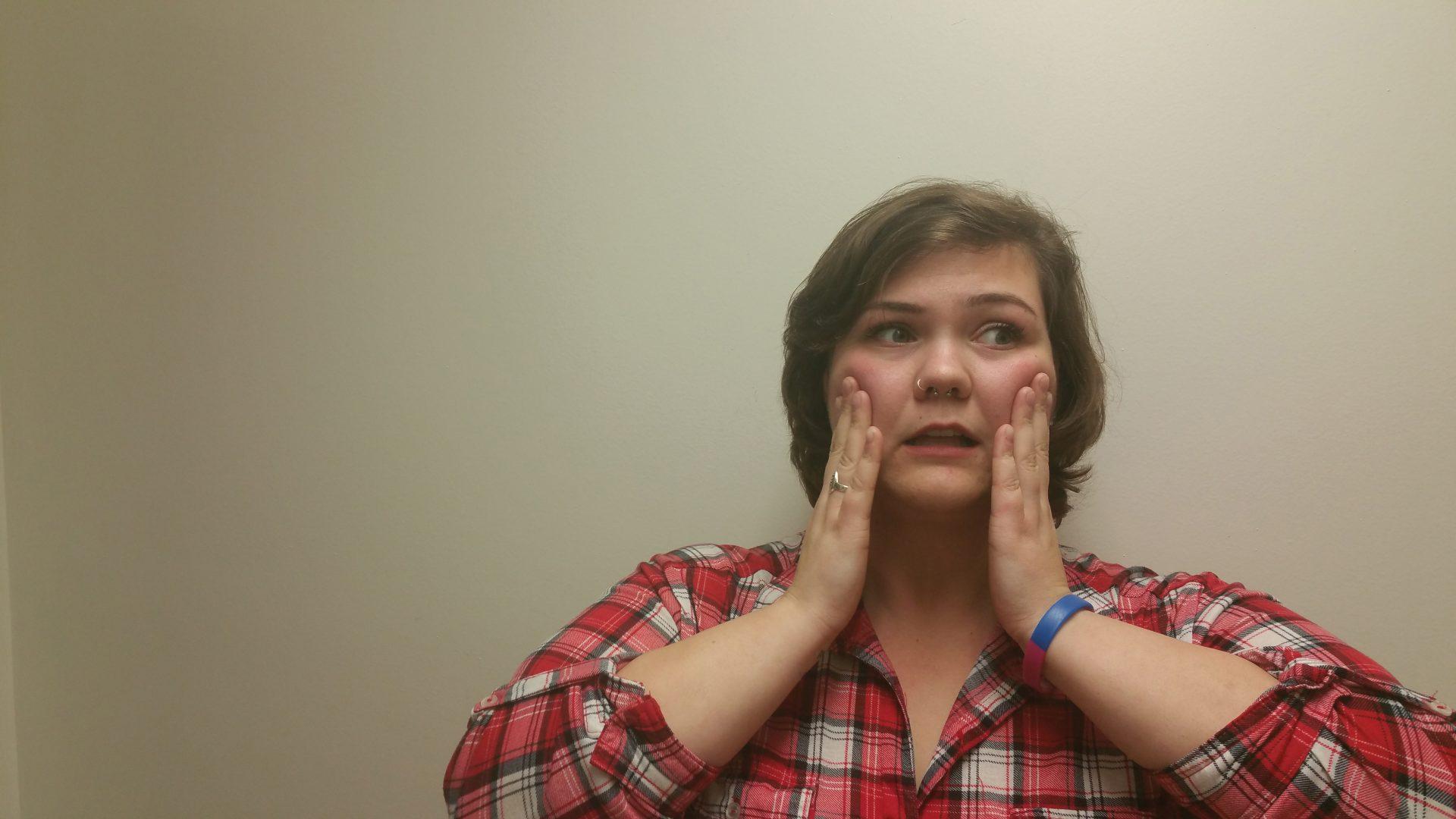The amount of fear associated with the word “vagina” is absurd. Tampon commercials completely skirt the word, even though companies are making a profit off of vaginas and their needs. In public schools, the word “vagina” is censored from the web browser, keeping young boys and girls from researching their anatomy.
Girls often look both ways before whispering the word, mothers and grandmothers opt for cute nicknames like “lady bits” or “flower,” and men rarely seem to acknowledge the existence of the word.
But low and behold, the word vagina still persists in a culture that is trying its hardest to act like it doesn’t.
It is really hard to conceive that such fear could evolve from the “v-word.” I mean, Dumbledore did say “fear of a name increases fear of the thing itself.” Oh wait, wrong v-word. But people do treat vaginas like Voldemort.
There is this fear of the unknown, a fear of “down there,” as if the Mad Hatter were going to pop out of our rabbit holes at any time. But the thing is, vaginas are pretty well researched — it is not exactly the Bermuda Triangle under our bikinis.
Maybe people have a problem with the word because it is not a pretty word. Truth be told the word “vagina” sounds like some sort of phlegm that gets caught in the back of your throat when you get bronchitis. People walk around saying, “yeah, I got a little bit of vagina in the back of my throat, but some amoxicillin and hot tea will clear that nasty vagina right up.”
The problem is that it is a misconception that female anatomy has to look and sound pretty. Women’s bodies don’t have to be dainty. Nothing about a vagina or its capabilities are pretty. Vaginas often bleed, they don’t smell like roses. But they are capable of producing beauty — vaginas give life, and it is not a dainty process. So don’t give our powerful body parts a name that does not give it justice.
If girls are taught at a young age that saying “vagina” is discouraged, then they will not have the courage or the language to talk about what is going on with their anatomy, their reproductive health, or their sexual rights. Talking about our vaginas is something that is limited strictly to sex education, and across the board, our sex education is, at best, under massive construction.
When we suppose that vagina is a dirty word, we assume that vaginas are dirty — not fit for human conversation. We flower them up with cute names like “hoo-ha” and wrap tampons in pink swirls. But the reality is that vaginas don’t need nicknames or cute accessories. They need to be visible and respected in conversations about health and rights.
Women are oversexualized in our media — from Carl’s Jr commercials to the focus on Kim K’s butt, America is obsessed with women’s sexual bodies.
But anytime we take that sexual aspect out of a woman’s anatomy, we have lost the attention of mainstream America. In fact — we’ve more than lost their attention, we have lost the formal language of women’s anatomy. As people take up the fight for public breastfeeding, they should also be reclaiming the word “vagina.”
The ways in which we can combat the fear of this word is simple — use it. You do not have to go out of your way to say vagina, in fact, please don’t go out of your way. The goal is not to make people uncomfortable with over-usage. The goal is to change the way in which we use the word in an effort to make the language of women’s bodies accessible to everyone — not just social activists and health professionals.




